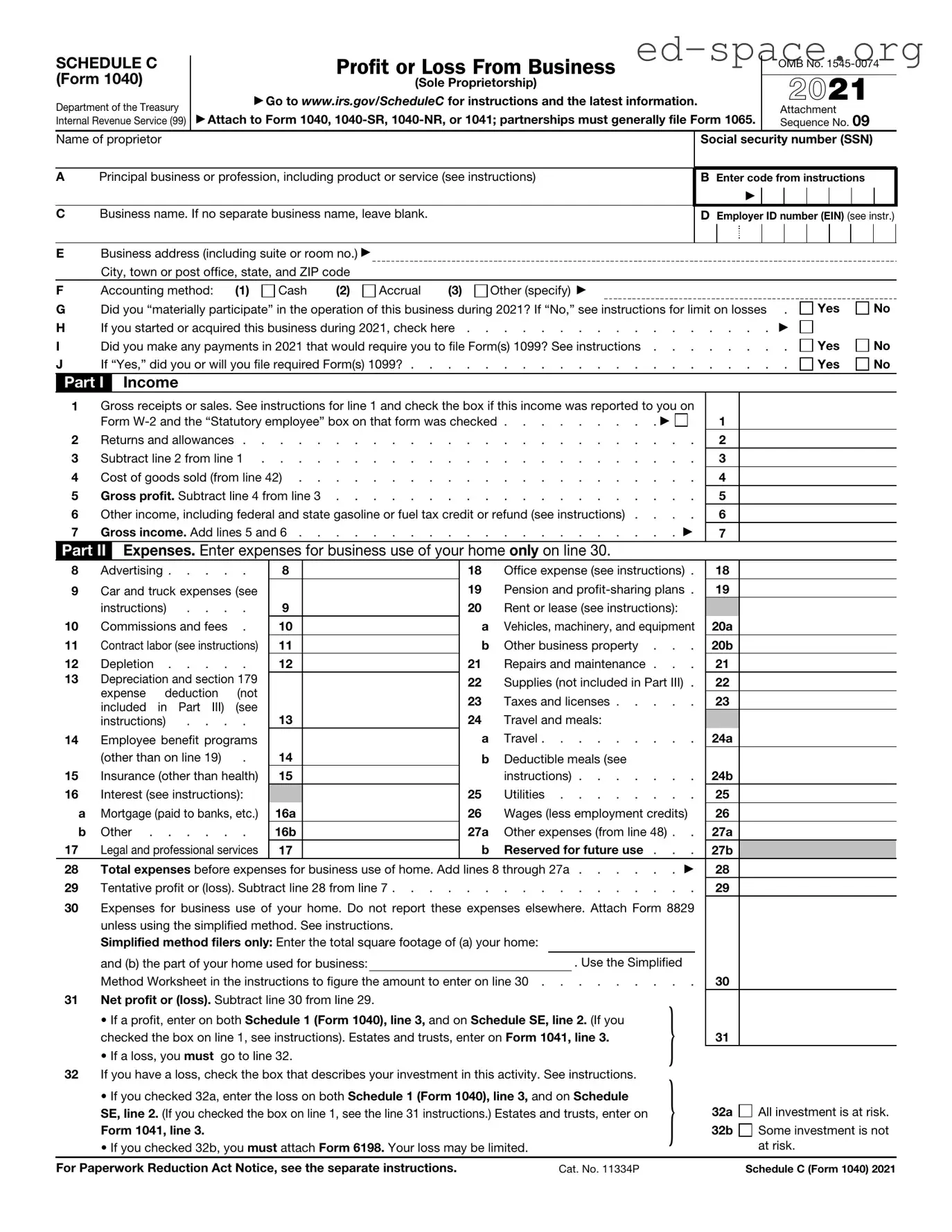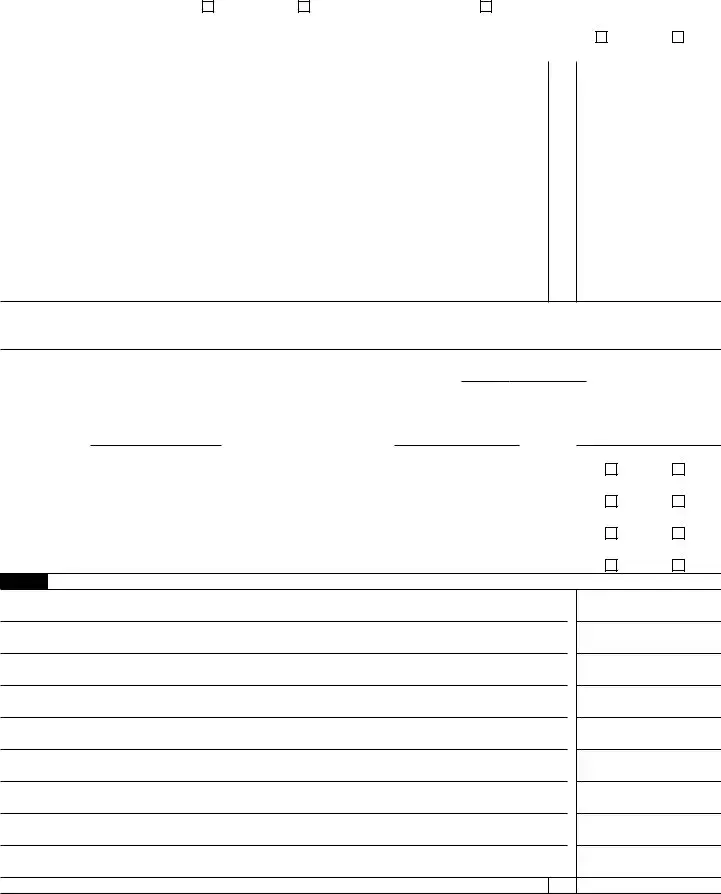What is the IRS Schedule C 1040 form used for?
The IRS Schedule C 1040 form is a tax document used by sole proprietors to report the income or loss from a business they operated or a profession they practiced as a sole proprietor. This form allows taxpayers to calculate their business's gross income, expenses, and net profit or loss, which then contributes to their personal income tax return.
Who needs to file a Schedule C 1040 form?
Individuals who operated a business as a sole proprietor, or as a single-member LLC, and earned a profit or incurred a loss from their business activities during the tax year are required to file a Schedule C form along with their 1040 income tax return.
What information do I need to fill out Schedule C 1040 form?
To accurately complete the Schedule C form, you will need detailed records of your business income, expenses, and potentially information on your vehicle if you're claiming vehicle expenses. Key details include gross receipts or sales, cost of goods sold, advertising costs, travel expenses, office expenses, and other business-related expenses.
How does Schedule C 1040 affect my personal income taxes?
The net profit or loss calculated on your Schedule C form directly affects your personal income tax liability. A net profit increases your taxable income and, accordingly, the taxes owed, while a net loss may decrease your taxable income, potentially lowering your tax liability.
Can I deduct home office expenses on Schedule C?
Yes, if you use part of your home regularly and exclusively for conducting business, you may be able to deduct expenses related to the business use of your home. These expenses may include mortgage interest, insurance, utilities, repairs, and depreciation. However, specific rules and calculations apply.
What is the deadline for filing Schedule C 1040 form?
The Schedule C form is filed as part of your Form 1040 tax return and thus shares the same deadline, usually April 15th of the year following the tax year in question. If April 15th falls on a weekend or holiday, the deadline is the next business day.
Is it possible to file Schedule C 1040 electronically?
Yes, the IRS accepts electronically filed Schedule C forms as a part of your overall electronic Form 1040 submission. Many tax software programs can assist you in preparing and filing this form electronically.
What are common mistakes to avoid when filling out Schedule C?
Common mistakes include not reporting all income, not keeping good records of expenses, not understanding what can be deducted, and simple mathematical errors. These mistakes can lead to audits, penalties, or both. It’s important to carefully review your form or seek professional advice to ensure accuracy.
Can I file more than one Schedule C?
Yes, if you operate more than one business as a sole proprietor, you must file a separate Schedule C for each business. Each Schedule C will detail the income and expenses relevant to that specific business.
If I incurred a loss, do I still need to file a Schedule C?
Yes, if your business incurred a loss, it's important to file a Schedule C to report this loss. The reported loss can offset other income on your tax return, which may reduce your overall tax liability. Additionally, reporting your loss maintains a continuous record of your business activity with the IRS.







